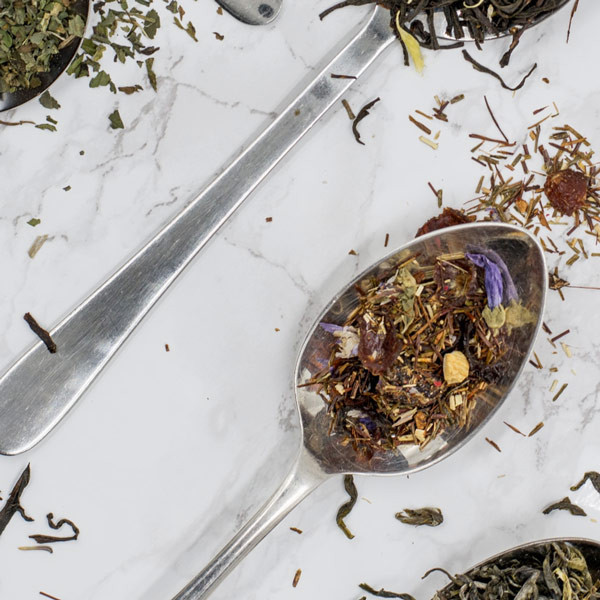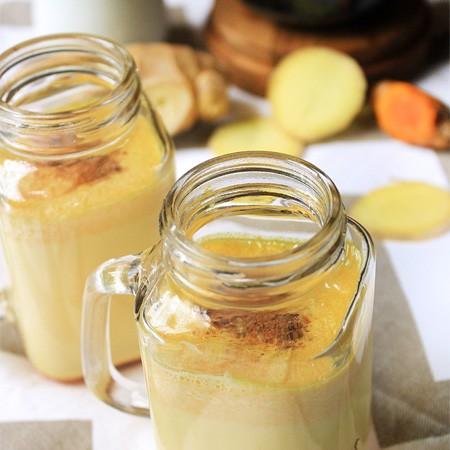Skyr (pronounced Skeer), is a traditional Icelandic dairy food that is gaining a worldwide following. Promoted as the latest in probiotic-rich sustenance, a healthy and nutritious yogurt with a whole bunch of gut health goodness, it is packaged as the ideal “on-the-go” food and therefore well suited to our time-poor lifestyle. It’s tangy, sharp taste and thick texture draw similarities with Greek yogurt, as does its probiotic goodness.
Made with skim milk, skyr is a cultured food made from milk that resembles yogurt in goodness, texture and thickness. While not as common in Australian food outlets, Skyr has become very popular in countries such as the United States and is usually found in the dairy aisle at the supermarket or grocer.
Indeed in many countries the thick, delicious and nutritious Skyr is threatening Greek-style yogurt as the dairy-based cultured food of choice for the health conscious. Such is the interest that it is now beginning to be introduced into the Australian market as the latest super food.
But is it really a yogurt? It has the same consistency and make up as the popular dairy food but traditional Icelandic chefs would tell you otherwise. For Icelanders prefer to consider their beloved Skyr as a form of cream cheese!
It’s all about the difference in bacterial culture and methods used in production that makes it unique, says yogurt-making expert John Health to Jess Kapadia of Food Republic in this article.
Heath says the Icelanders originally used the whey produced in the making of the yogurt as a preservative and the special cultures used in the making of the desired whey led to the Skyr as a by product. He suggests trying both Greek yogurt and Skyr together to understand the slight differences in taste and texture.
Prepared simply by Icelandic families for over a thousand years, Skyr has been a popular — and important — part of the country’s cuisine. Records show Icelanders making it as far back as the ninth century and the original method for making the cheese/yogurt was thought to have originated with the Vikings.
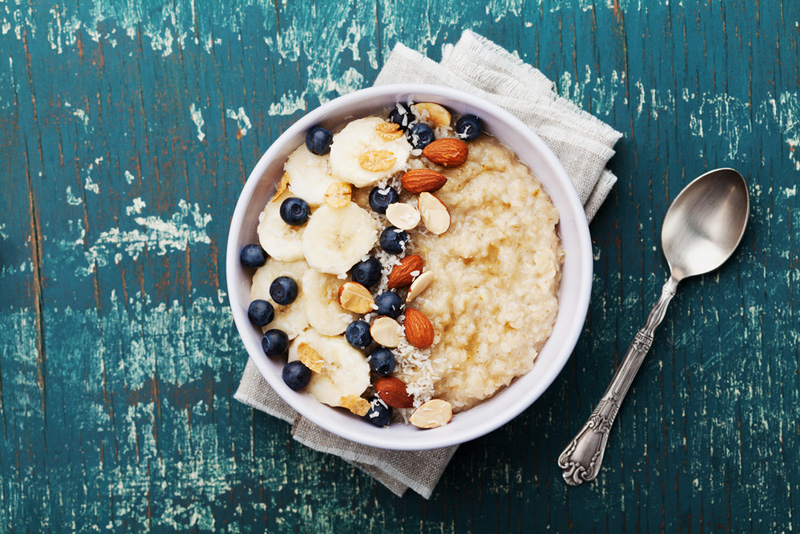
Hafragrautur ( or oatmeal ) mixed with Skyr.
So with Skyr playing such an important part in Icelandic cuisine throughout their history, what are the benefits of this special yogurt-like cheese?
- Probiotic-rich. Like Greek yogurt, Skyr is rich in probiotics which act to boost gut health. With the same amount as Greek yogurt, the cheese-style yogurt is a major source of friendly bacteria.
- Protein boost. It contains around eleven grams of protein per 100 grams making Skyr one of the most valuable sources of protein.
- Calcium. A 170 gram serving of Skyr typically contains around 20 percent of the recommended daily intake of calcium, thereby helping to protect from bone loss and osteoporosis.
- Nutritional excellence. Contains essential vitamins and minerals such as phosphorus and vitamin B12. (1)
- Weight loss. The high protein in Skyr means a more “satisfying” fullness. This means you’re less likely to want to eat more, resulting in better weight control. Made with skim milk means it has less fat and carbohydrates than other yogurts.
Just as you can also make your own Greek-style yogurt successfully at home without any special equipment, you can also produce your own Skyr. According to Gunnar Karl Gíslason, head chef and owner of Dill Restaurant and author of the cookbook North: The New Nordic Cuisine of Iceland, this isn’t difficult.
He outlines the recipe in an interview with Iceland Magazine. (2)
First use a tablespoon of store bought Skyr to act as a starter. Set this aside. Pour one litre of skimmed milk into a non-stick pan and warm over a low heat for 15 to 20 minutes. Keep stirring the mix so it doesn’t stick to the bottom! Allow the mix to cool to around 39 degrees Celsius. Whisk the tablespoon of live Skyr culture into the milk once it returns to room temperature.
Then cover with a kitchen towel and let stand at room temperature for around 12-15 hours. The curds will have separated from the whey. Here you have the choice of straining the whey to make a thicker batch, or adding some of the whey to make the Skyr thinner. The finished Skyr will keep in the fridge for about a week. (3)
Interestingly Gislason states that homemade Skyr is closer to the original that many of the store-bought versions. Like other dairy products, many items on the supermarket are victim to sweetening and other additives to make them more “palatable”.
“It depends on the brand of store-bought skyr, but many brands are hardly skyr anymore. The recipe has been altered so much and the product is chock full of sugar and artificial flavours,” he said.
With its proud tradition and amazing health giving properties, Skyr is yet another example of a food “reborn” for our Western tastes and health interests. If you can get hold of a tub of Skyr, make sure you only buy the unsweetened, raw, traditionally-made variety (if that’s available). You can then make it into a fantastically healthy snack by adding your favourite crushed nuts or a touch of honey.
But why not try making it at home? It’s easy and healthier than the store-bought varieties.
Similar — yet different — to Greek yogurt, Skyr is a worthy addition to you and your family’s diet. Have you tried Skyr? How do you think it compares to other styles of yogurt? We’d love to hear what you think.
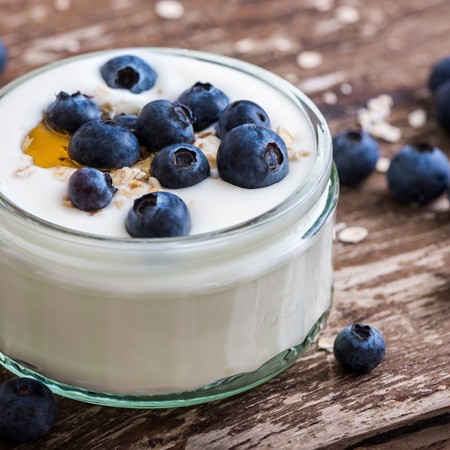
Love Health?
From recipes, trends and discounts, expect great things via email this month.
More Great Reads!
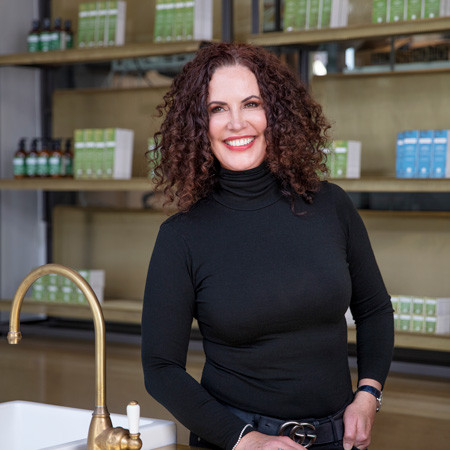
Behind The Brand: Antipodes
Recipes We Love!
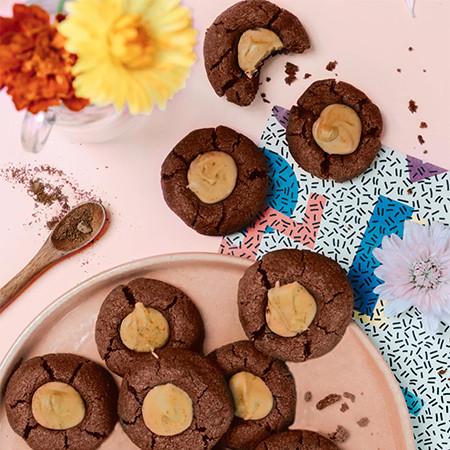
Clever Cookies







